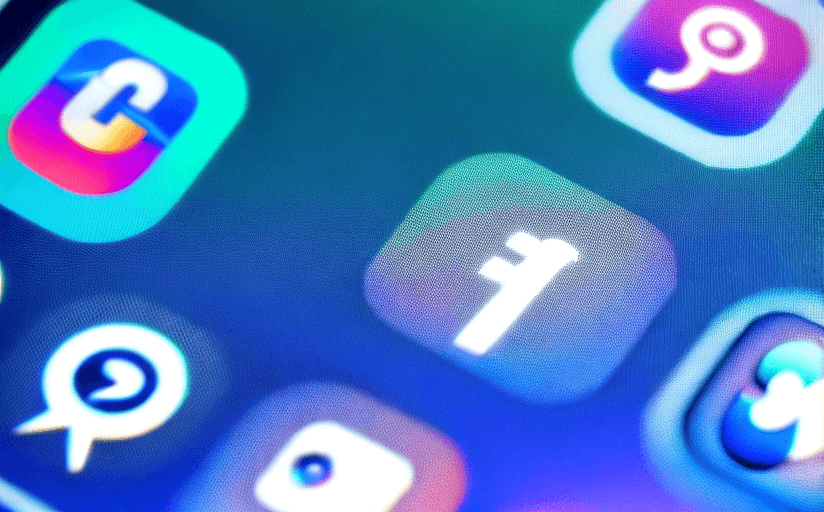The Impact of Social Media on Arts and Culture
Social media has become an integral part of our lives, with global usage estimated at 3.8 billion users in 2020. In addition to its popularity, the internet has also drastically changed the way we interact with arts and culture. This article will explore the impact of social media on the cultural landscape, discussing the potential benefits and drawbacks of its influence.
Enhancing Access to Arts and Culture
One of the major benefits of social media is its ability to increase access to arts and culture. Through platforms such as Instagram, Facebook, and YouTube, people are able to explore and discover new artists and art forms that they may have otherwise been unaware of. Social media also makes it easy to share and interact with content, allowing users to engage with works from around the world.
Changing the Way We Interact with Artistic Works
Social media has also changed the way people interact with artistic works. On platforms such as Instagram and Twitter, users are able to comment, like, and share artworks, allowing them to engage with and discuss pieces with other users. This increased engagement has allowed artists to form stronger connections with their audience, creating a more interactive and meaningful experience.
Creating New Opportunities for Artists and Creators
Social media has also opened up new opportunities for artists and creators to connect with their audience. Through platforms such as Patreon and Kickstarter, artists are able to crowdfund their projects, allowing them to reach a global audience and gain the support they need to continue creating. Additionally, social media platforms have enabled artists to promote their work to a larger, more diverse audience, allowing them to increase their visibility and reach a wider range of potential customers.
Drawbacks of Social Media
However, there are also potential drawbacks to the influence of social media on arts and culture. For example, it has been suggested that the over-exposure of artworks online has caused them to become devalued, as it is easier than ever before for people to access them. Additionally, the reliance on algorithms to determine what content is seen has caused major disparities in the visibility of smaller and independent artists, creating an unequal platform in which some artists are unable to reach their potential audience.
Conclusion
In conclusion, it is clear that the influence of social media on arts and culture has both positive and negative implications. On the one hand, it has increased access to art and enabled artists to form stronger connections with their audience. On the other hand, it has caused the devaluation of artwork and created an unequal platform in which some artists are unable to reach their potential audience. Nevertheless, it is undeniable that social media has changed the way we interact with and engage with arts and culture, creating new opportunities for artists and creators.

















Comments
Leave a Comment